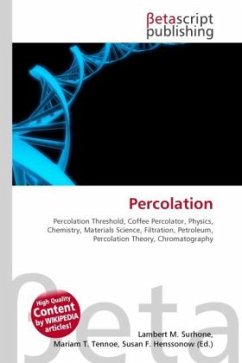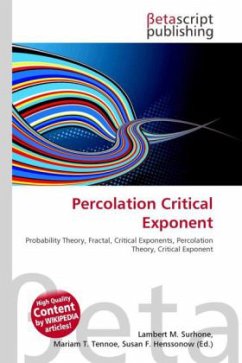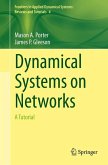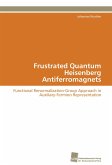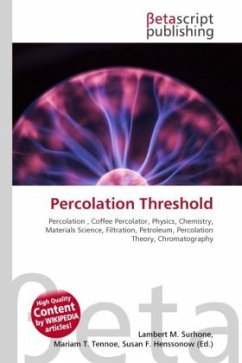The study of quantum phase transitions in the presence of disorder is at the forefront of research in the field of strongly correlated electron systems, yet there are relatively few experimental model systems. One important class of model systems for studying the effects of quenched disorder is magnetic materials with random site dilution. Percolation in classical high-spin magnetic systems has been studied extensively, and magnetic order persists in these materials up to the geometric percolation threshold. Early experiments in low-spin quantum magnetic systems were confined to dilution levels below the percolation threshold. This book details the systematic study of the effects of dilution in a two-dimensional spin-1/2 Heisenberg antiferromagnet up to and above the percolation threshold. Although long-range order persists in this system up to the percolation threshold, quantum fluctuations decrease the strength of the magnetic ordering to a much greater degree in the presence of high dilution concentrations. This book should be especially helpful for students and researchers studying quantum phase transitions and random disorder effects in many-body systems.
Bitte wählen Sie Ihr Anliegen aus.
Rechnungen
Retourenschein anfordern
Bestellstatus
Storno


